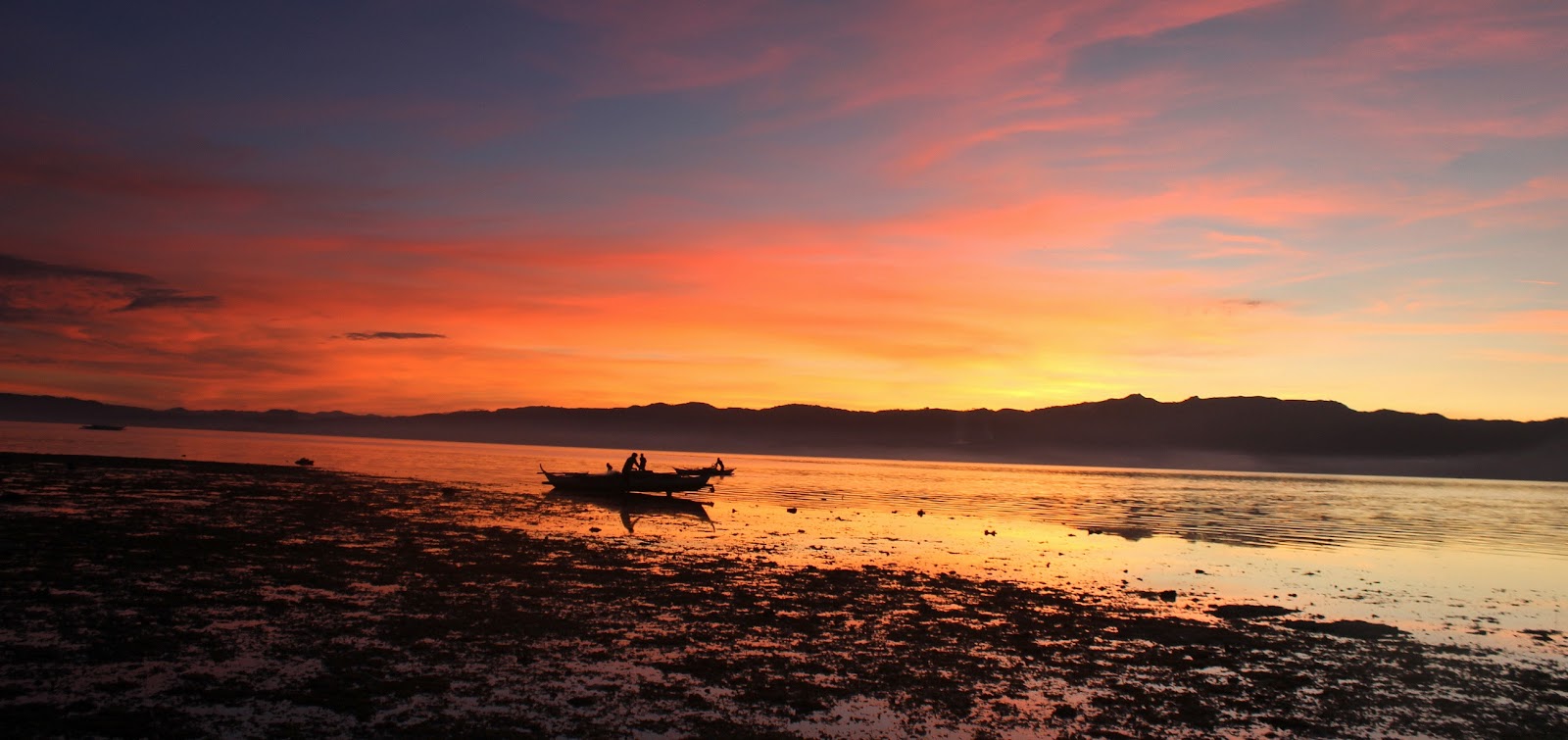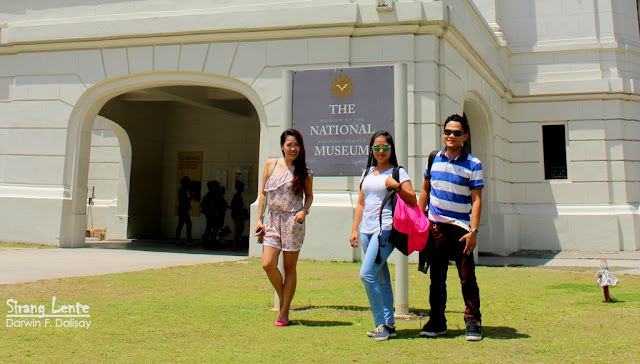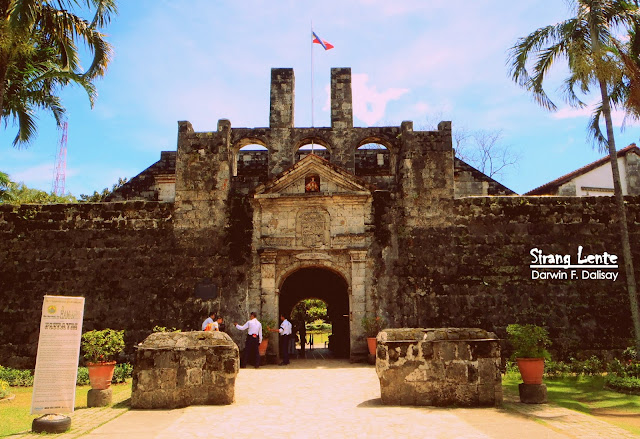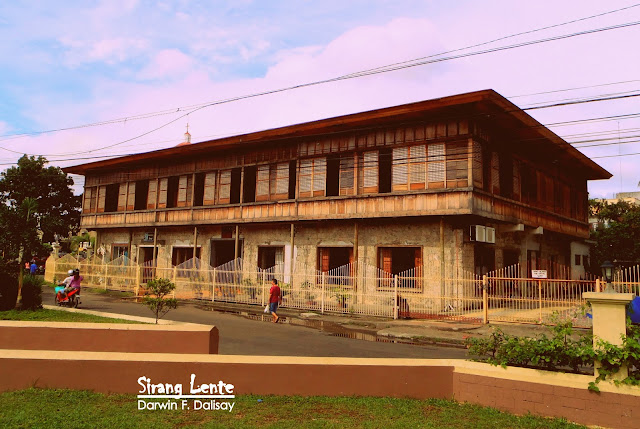
If you're looking for a remarkable activity, Tanay Adventure Camp is a perfect place you can visit, just two to three hours from Manila. In 2014, I was invited to join the TAC Attack, an annual anniversary celebration held at the camp. And this year, they have added a lot of activities such as the ultra-marathon and outdoor cook fest. Since we a had problem with our availability, we opted to travel by 7 in the evening and arrived at the camp around midnight. Upon arrival, we met and greeted a few people at the event, feeling superstar kami eeh, then, set our camp and had our dinner. By 2AM we proceeded to the Maharlika Hall and witnessed the start of the 1st Conquer Ultramarathon.









